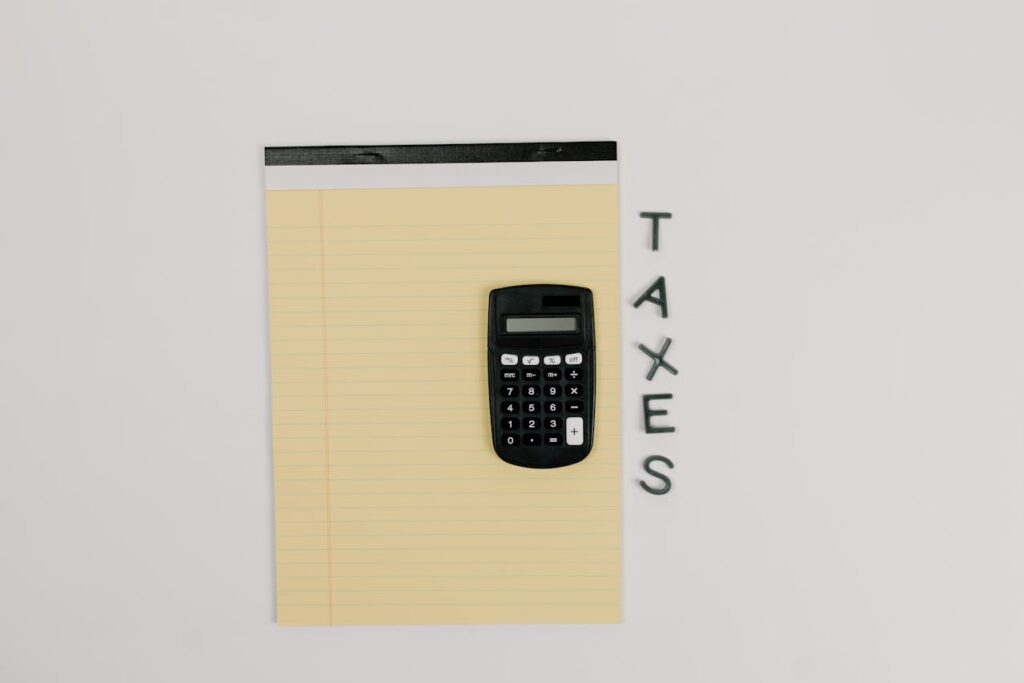Introduction
Non-residents of Canada are taxable on income derived from certain “passive” sources of income, including dividends, royalties, and most notably rental income. Under Part XIII of the Canadian Income Tax Act, this income is subject to withholding tax at a general rate of 25%. The Canadian resident paying the rent or other amounts to the non-resident is responsible for withholding and remitting the tax to the Canada Revenue Agency (CRA). This article explores the Section 216 election, which allows non-residents to elect to be taxed on the net income from their rental properties, rather than the gross amount received, and the benefits and challenges associated with this election.
What is the Section 216 Election?
Non-residents of Canada can elect under Section 216 of the Canadian Income Tax Act to be taxed on the net rent they receive from their Canadian real estate or timber properties, rather than on the gross rental income. Since rental income is typically subject to various costs (e.g., property maintenance, management fees, etc.), this election can significantly reduce the amount of tax withheld from their income. To qualify for this election, non-residents must file a special tax return annually using Form T1-NR.
For the Canadian payor to withhold less tax before the return is filed, non-residents must submit an undertaking to file the return. If the payor withholds too much tax, the CRA will refund the excess upon receiving the tax return. However, it is important to note that while non-residents making this election can reduce their withholding tax, they are still not permitted to claim deductions (other than rental expenses) or credits against their net rental income.
Filing Requirements and Deadlines
Non-residents who wish to elect under Section 216 must file their income tax returns by June 30th of the following year. If the return is not filed within 2 years of the deadline, the non-resident will generally lose the opportunity to be taxed on their net rental income. However, if the CRA has not informed the non-resident of their responsibilities under Part XIII or taken any action against them, they may be able to successfully file late returns and benefit from the election.
It is crucial to remember that late filings are not possible if the non-resident has already filed an undertaking to file the return and failed to do so. In these cases, the non-resident may not be eligible for the Section 216 election.
Late Filings and Voluntary Disclosure Program
If a non-resident has missed the filing deadline, they can potentially use the Voluntary Disclosure Program (VDP) to come forward and avoid penalties for failing to comply. The VDP offers full penalty relief and partial interest relief as long as the disclosure is made before the CRA takes any action. However, this program does not apply to late Section 216 returns, which require a separate tax amnesty process through the International Tax Service Office (ITSO).
Non-residents who wish to make submissions to the ITSO for late filings under Section 216 should seek professional assistance to ensure compliance and maximize their chances of a favorable outcome.
Conclusion
The Section 216 election provides non-residents with an opportunity to reduce their Canadian tax liability on rental income by being taxed on the net income from their properties instead of the gross amount. However, to take advantage of this election, non-residents must meet certain filing requirements and adhere to deadlines. If you have missed a filing deadline or need assistance with the election process, it is highly advisable to consult with an experienced tax lawyer to ensure compliance with Canadian tax laws and avoid unnecessary penalties.
This article is written for educational purposes.
Should you have any inquiries, please do not hesitate to contact us at (905) 836-8755, via email at info@taxpartners.ca, or by visiting our website at www.taxpartners.ca.
Tax Partners has been operational since 1981 and is recognized as one of the leading tax and accounting firms in North America. Contact us today for a FREE initial consultation appointment.


